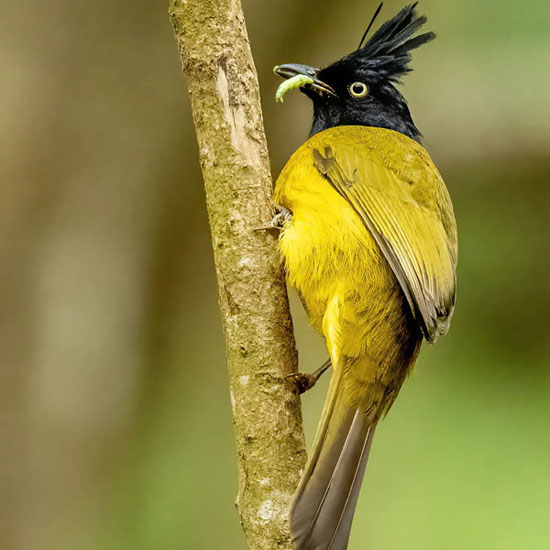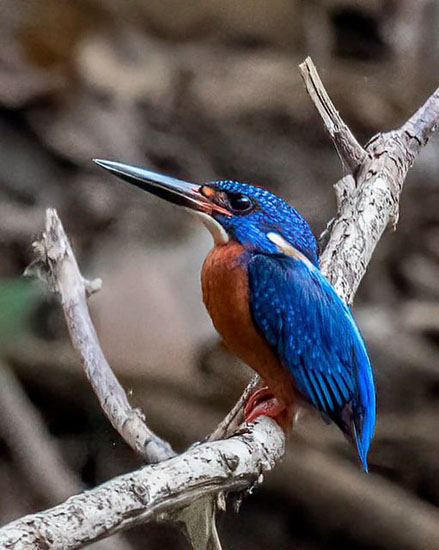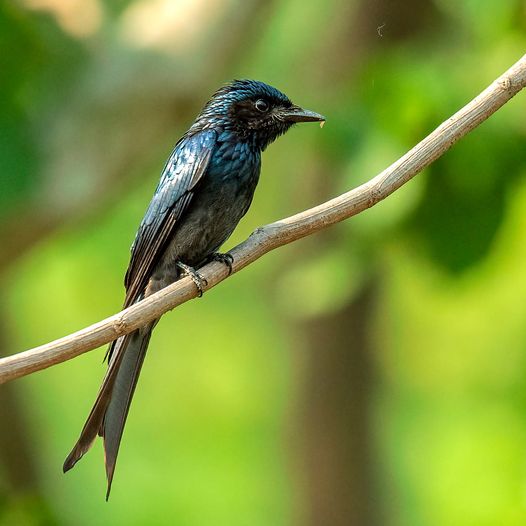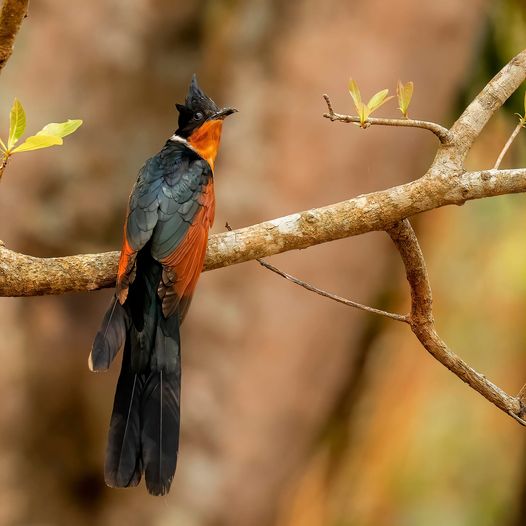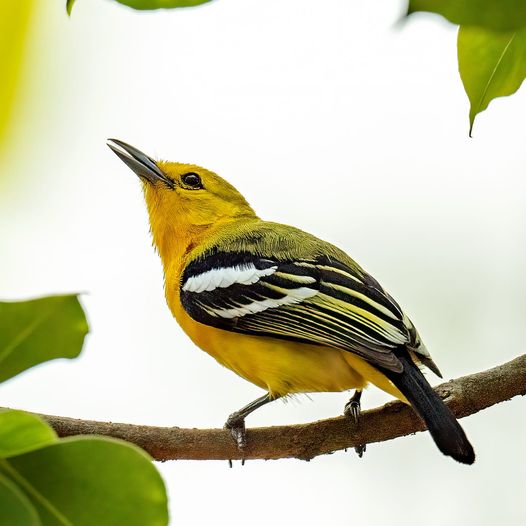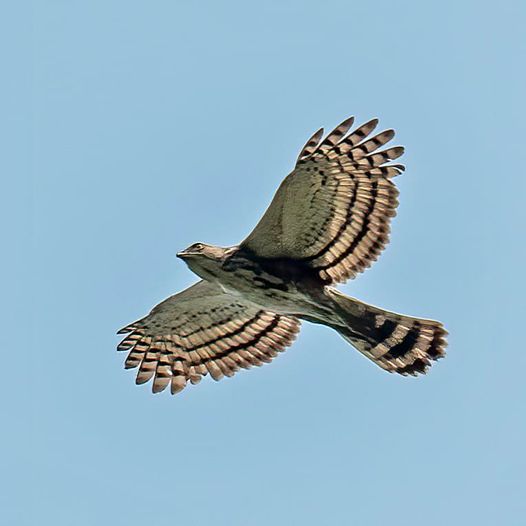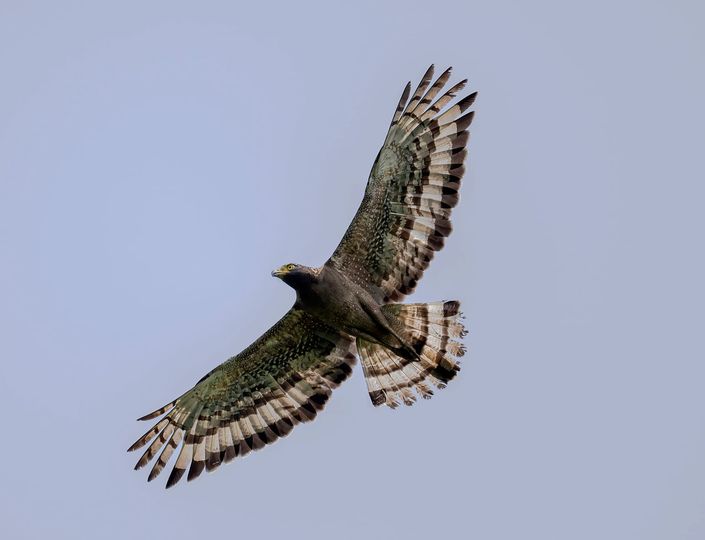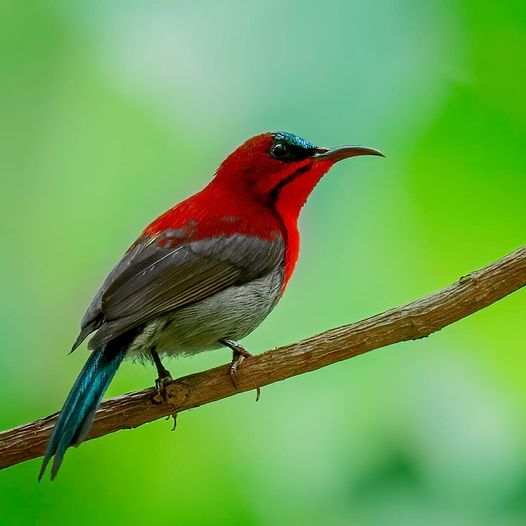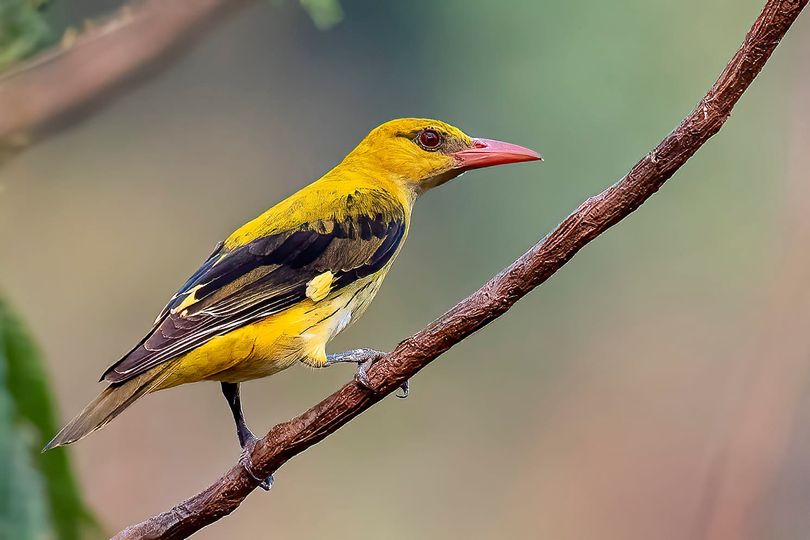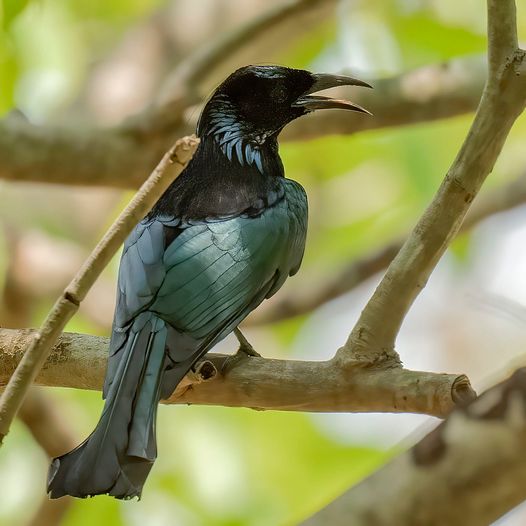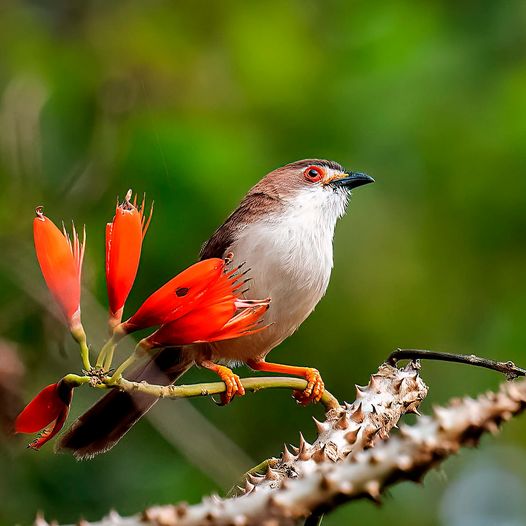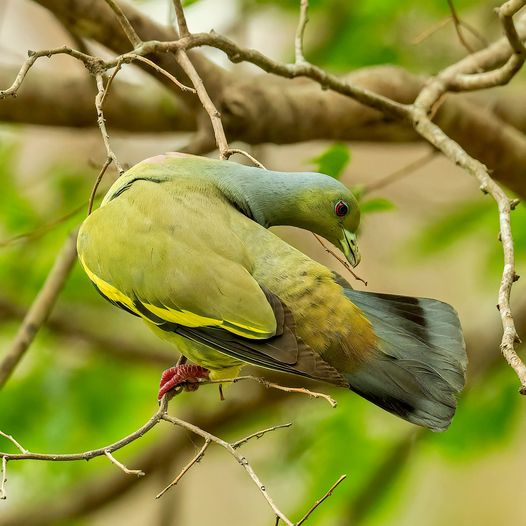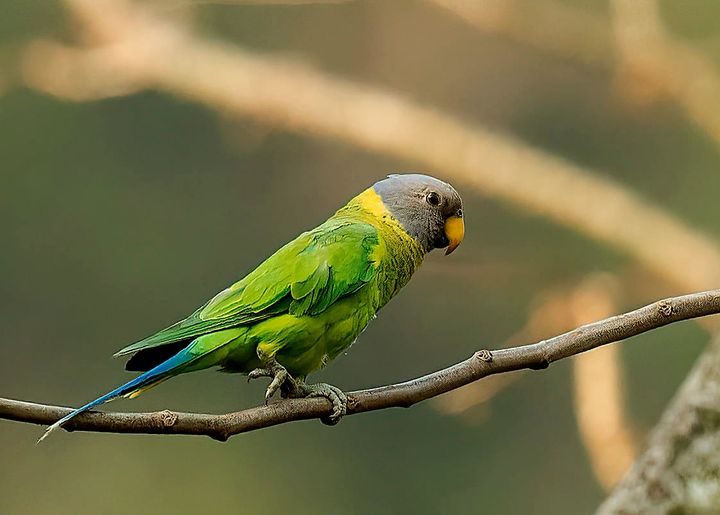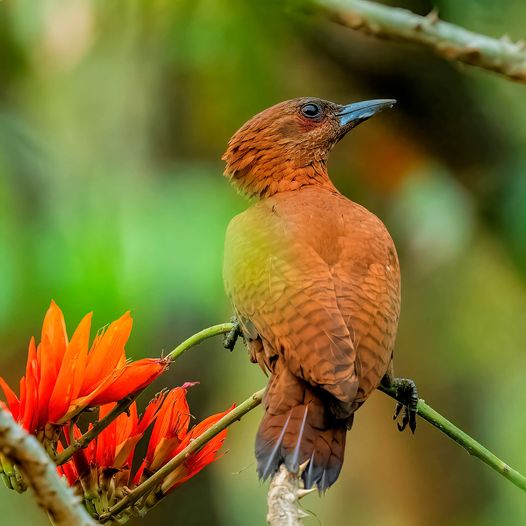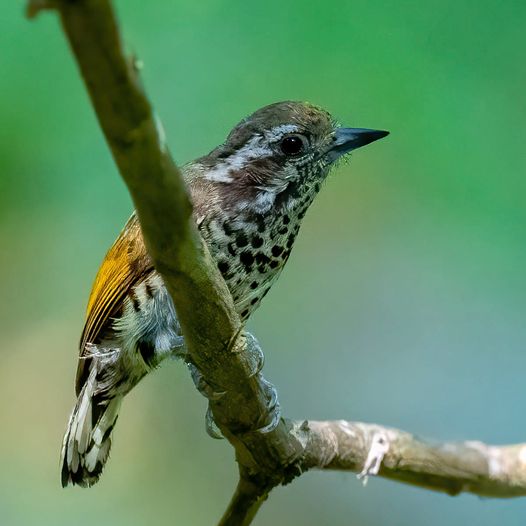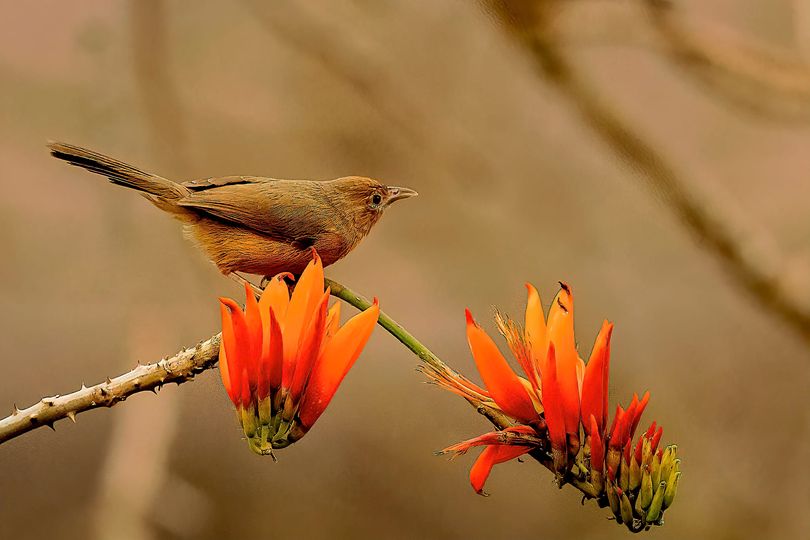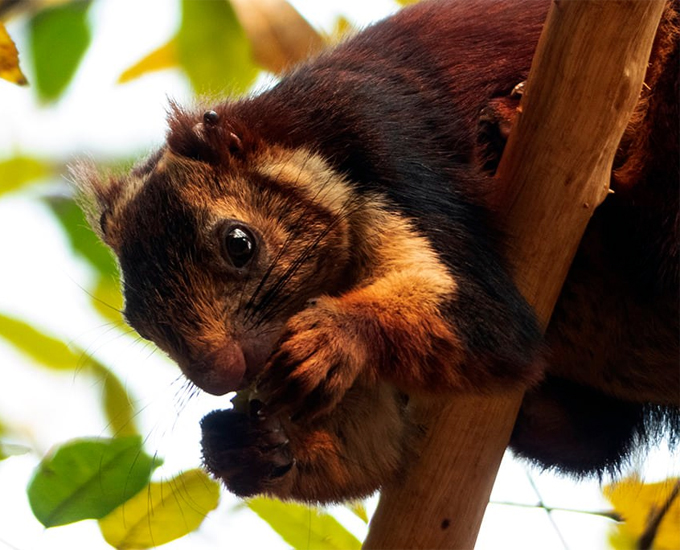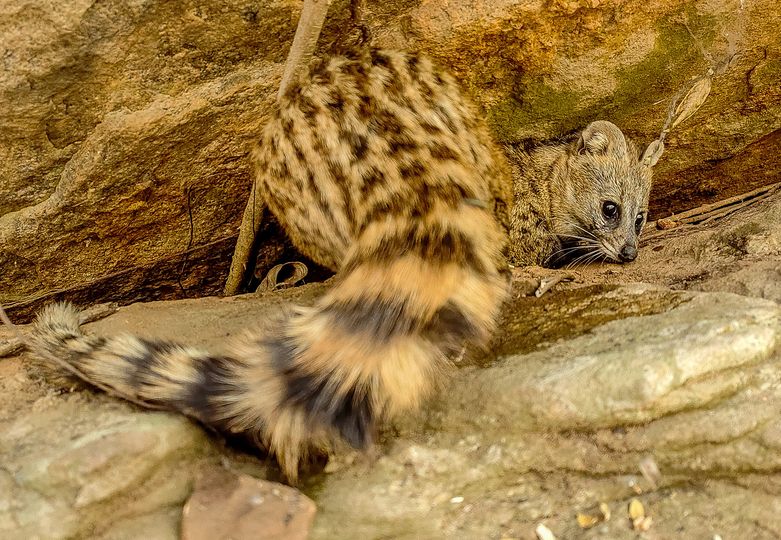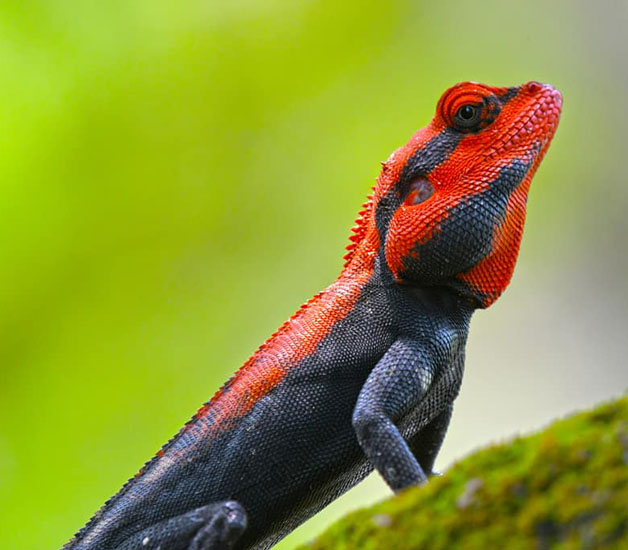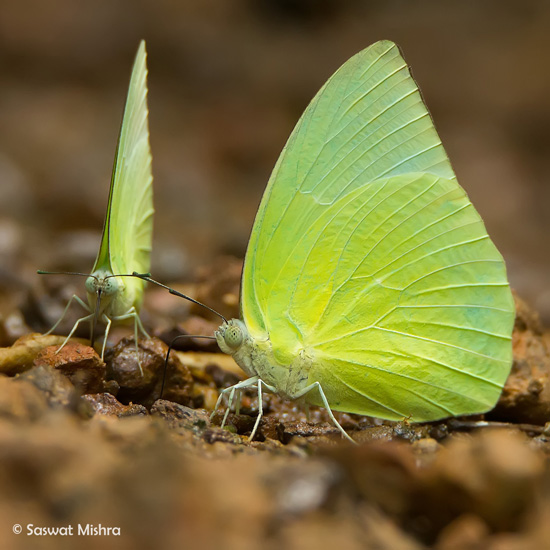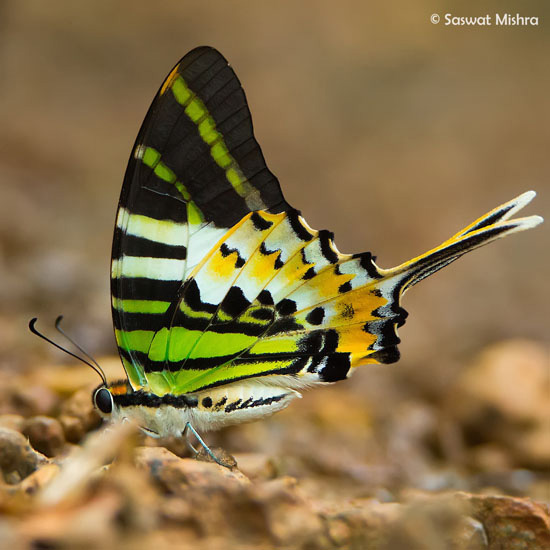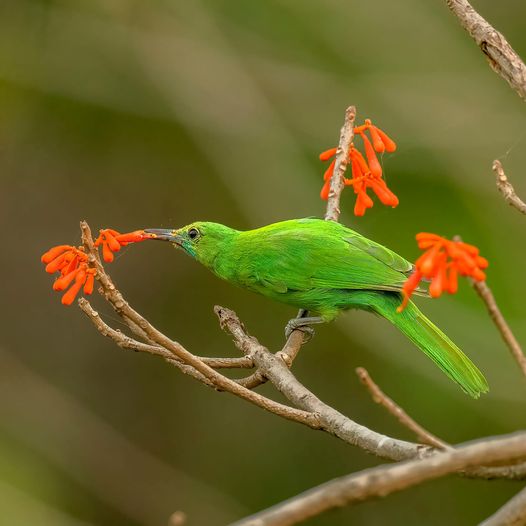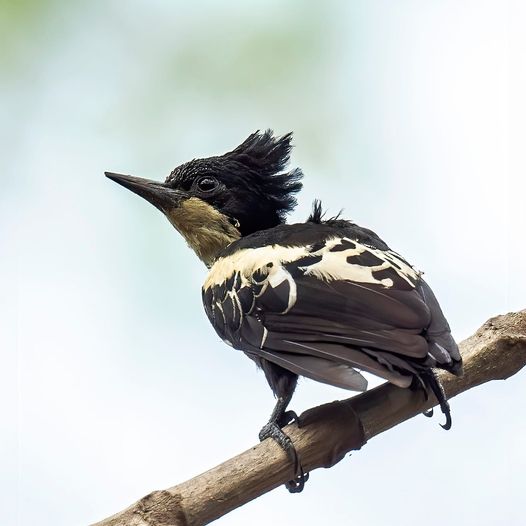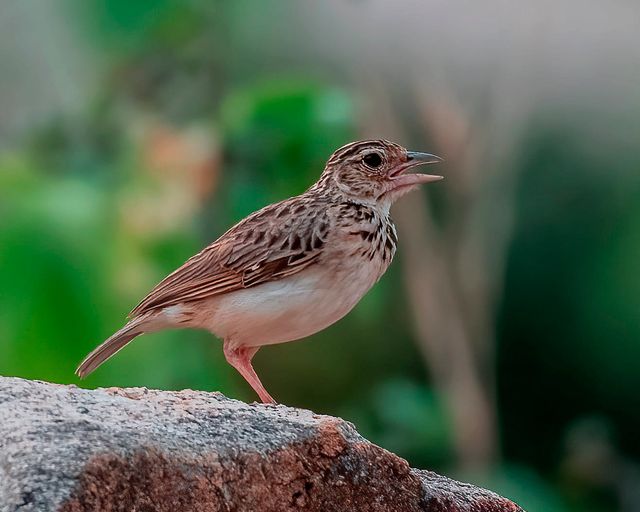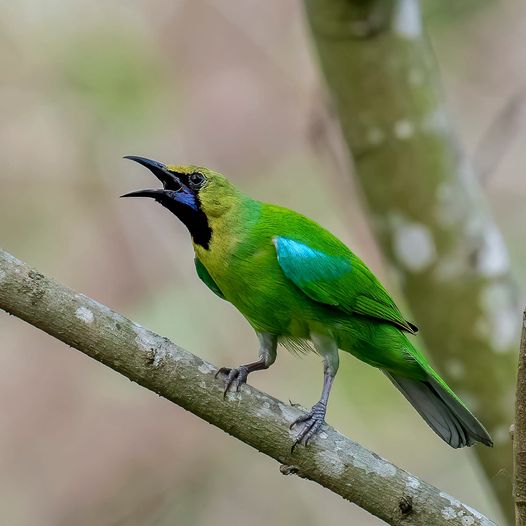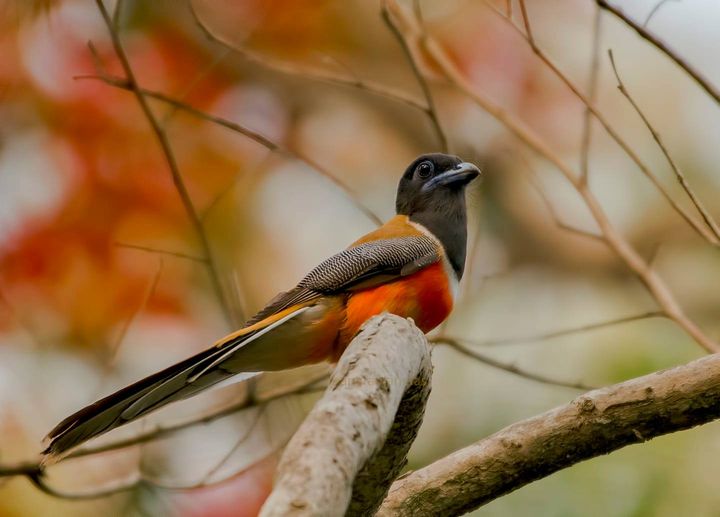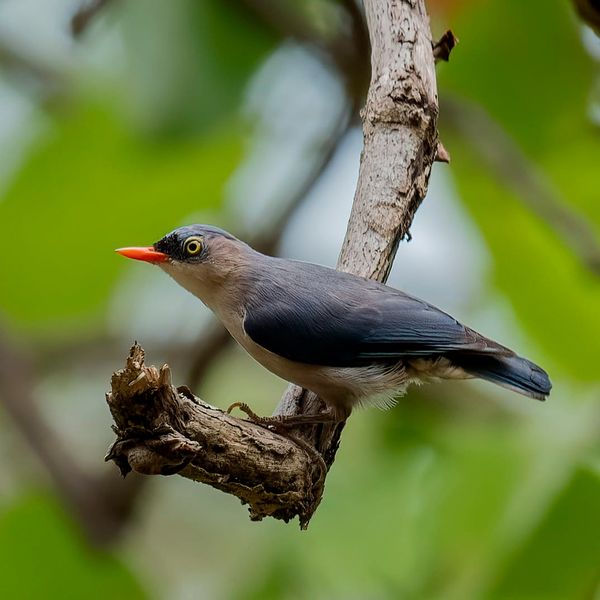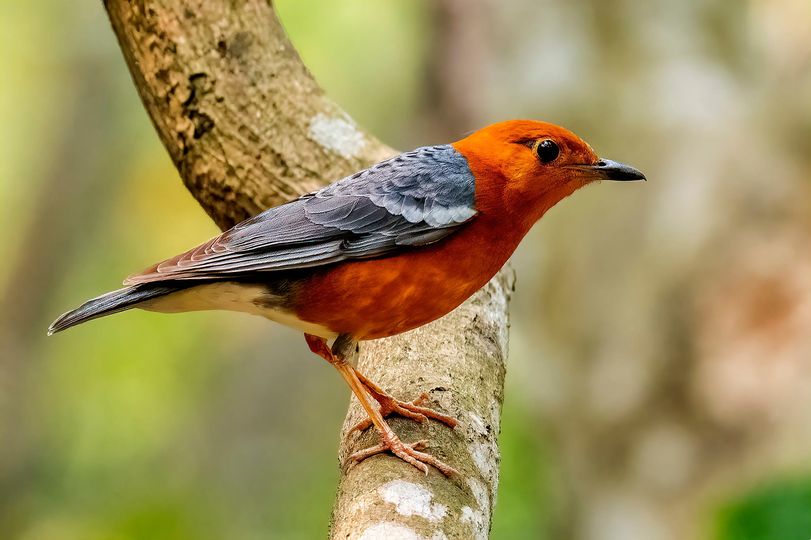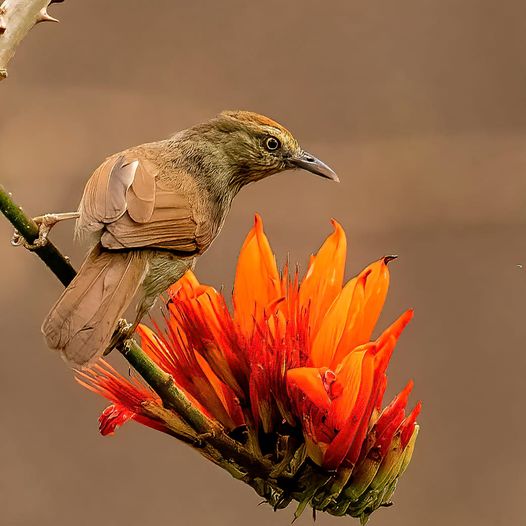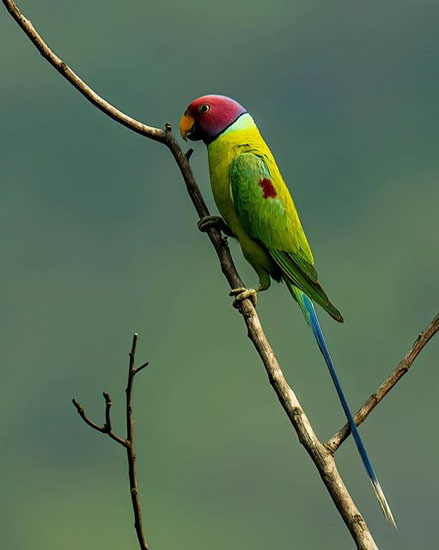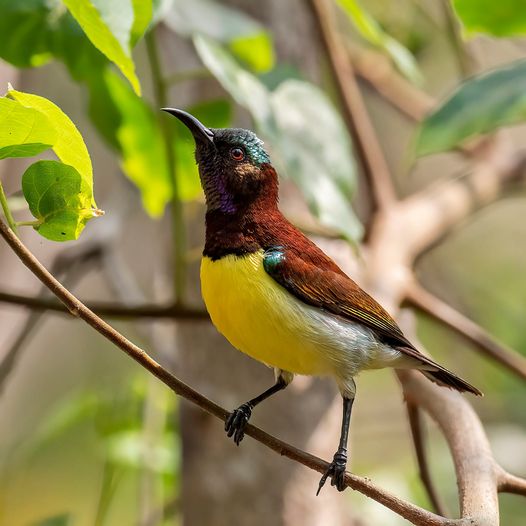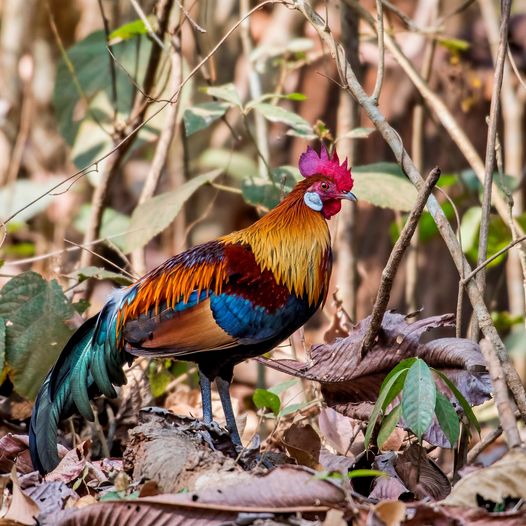Kuldiha Wildlife Sanctuary
Posted June 25, 2022
Travel & Living
By Aniruddha
How far would you travel, all for the love for Nature? Or when you desparately need a quick break from the grind? Not far, if you ask us. A mere 5 hrs journey from Kolkata will take you to the unspoilt terrains of Kuldiha Wild Life Sanctuary, in northern Odisha where nature speaks to you in multiple ways only if you are willing to lend an ear. Kuldiha WLS in Balasore division of Odisha is spread over 272 sq km of mixed deciduous forests of Chhota Nagpur plateau across varying heights. It consists of 3 reserve forests - Kuldiha, Tenda and Devgiri out of which the Tenda Elephant Reserve is part of the greater Mayurbhanj Elephant Reserve spread over Simplipal, Hadagarh and the Kuldiha Wildlife Reserve.
Kuldiha WLS represents all the features of the 4 Biotic Provinces for which Odisha is a junction, namely the Eastern plateau, the Chhotanagpur plateau, the Gangetic plains and the coastline. No wonder, it harbours a rich and interesting biodiversity. The sal, mahua, bahera, silk cotton, arjun, jam, mango, piyasal and a host of other trees form a beautiful canopy of the forest where a host of wild animals call it their home. Over 250 birds and 40 mammals, reptiles and insects roam freely in the woods dotted with hills, streams and valleys. The huge ancient trees nurture epiphytes like orchids and ferns on their branches and weathered trunks.
Favoured by researchers, bird watchers and wildlife photographers, the jungles of Kuldiha never disappoint. Numerous treks, trails and jeep safaris can be conducted inside the sanctuary for a thriling experience in the wild. This place, almost equidistant from Bhubaneswar and Kolkata, perfectly fits in a weekend birding/ photography destination.
Table of Contents
-
Starting from
6,000 per person -
From
Balasore to Balasore -
Duration
3 days -
Instagram
#Kuldiha WLS
Follow Eventrivia
1 Kuldiha — Up and Close

Photo: Manaranjan Das

Photo: Manaranjan Das
“The furry and the feathery friends”
Even before you arrive at the check-post at Kuldiha WLS, you will be stunned by the high-pitched welcome notes of the cicadas, and it’s quite different from what we hear in semi-urban areas. Is it an indication that you are in the right direction to be upclose with nature? Kuldiha is not just about birds, there are mammals and reptiles, butterflies and many species of orchids adorning the trees.
“Birds of Kuldiha: Tales & trails of the photographers’ paradise”
Area of Kuldiha WLS is just about 272 sq km which is comparatively smaller than most of the popular sanctuaries of India. But these mixed deciduous forests are a haven for the avi-fauna and guess what? The numbers are going up in recent years. Now more than 254 species of birds, including some rare migratory birds are found in the jungles of Kuldiha. The widely talked about ones are the Malabar trogon, Asian Paradise fly catcher, black crested bulbul, white rumped Shama, multiple species of kingfisher, barbets, bee eaters, velvet fronted nuthatch, rosy minivet, water birds, jungle fowls, peacocks, hornbills, owls, hunter birds like serpent eagle, etc. There are lots of fruit bearing trees inside the forest like ancient mango trees, junglee jalebi, wild berries, mahua, kuchila etc and multiple waterbodies providing natural habitat to these birds.
You are an aperture through which the universe is looking at and exploring itself
2 Click away
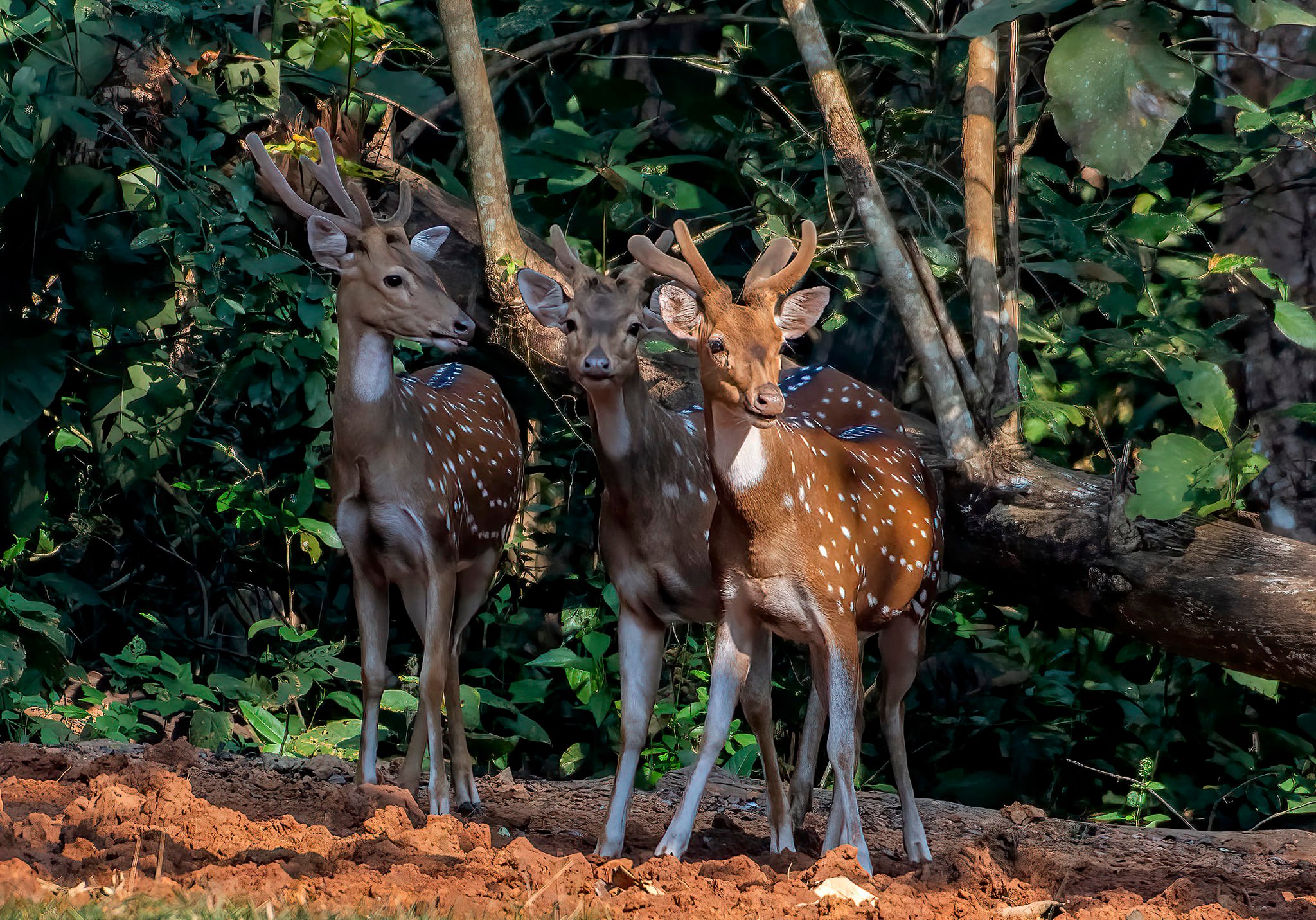
Photo: Manaranjan Das

Photo: Supti
Photographers haven: “Fantastic birds and where to find them?”...
The vast expanse of Rissia dam, where herds of wild elephants also frequent to quench their thirst, is a great spot to look out for birds, specially in the evening. The avian population around Mechkund, Garhsimulia, Chemachata, Kanjipani, Kalmachatal will also keep the shutterbugs enthralled. Guided short treks as well as jeep safaris, (whichever is applicable) will take you to nooks and corners of these hotspots in the core areas of Kuldiha, Jodachua & Tenda ranges. There are watch towers in Kuldiha, Jodachua, Rissia, Mukhachaturi, Gahirbhola, Purunapani for great photo opportunities. Salt pits near the accomodations are also a must for wildlife spotting. Always keep your eyes and ears open and finger ready. All you need is a bit of luck, oodles of patience and enthusiasm and of course the right gears to have a great photography experience. Follow the rules, stick to your group, listen to what the guide has to say and then, what’s stopping you freezing those thrilling moments in the wild! And do share your story.

Malabar Giant Squirrel, Photo: Nadeem Ahmed
Darlings of the forest...Indian giant squirrel
Inside Kuldiha forest, if you ever spot a dark greasy kitchen towel or two, hanging from the intertwined branches like an inverted U, then rest assured, you are actually watching an Indian giant squirrel. Also called Malabar giant squirrel, these furry little things with copper red body and black bushy tail are darlings of the forest. Surprisingly, they are not the timid kind of creature, if they catch you staring, they would simply scurry away to the diametrically opposite side of the branch untill you move your gaze away. If you still don’t, they would wait for a while and with a giant leap, comparable only to an expert acrobat, vanish into the dense canopy of the forest. Cute munchkins, really!
Don’t pack up your camera until you’ve left the location
3 Stay

Photo: Nadeem Ahmed
Jodachua Forest Rest House (FRH)
Deep within the fold of the lush forests lays The Jodachua FRH. The stay is quite akin to a roll back into wilderness with no electricity (except for a few solar lights) and no irksome mobile network to shake off the reverie. The rest house lies cocooned within the trenches surrounding it to avoid the wild animals which visit the borders of the campus regularly. But that does not take away the soft breaths of wilderness caressing your senses, for just behind the trenches lie the salt licks, a favourite Mecca to the forest animals. Unlike most reserve forests where you lord over in an elevated watch tower, here you feel in the midst of nature, exploring the nooks and crannies. You could suddenly get a ring-side view of an elephant herd...or the low groans of a leopard. You could feel that somewhere there are eyes watching you...or a faint smell gently reminding you of being in the lap of wild forests. Nights are beautiful with trilling crickets and starlit skies, when you feel the stillness balming your weary nerves into a soft loving lullaby. Tuck into the sumptuous gastronomic delights in home-cooked style that satiates the ravenous appetite. You end up the day with a limpid sense of calm and quiet, amidst the hushed lullabies of nature’s myriad sounds into a deep slumber.
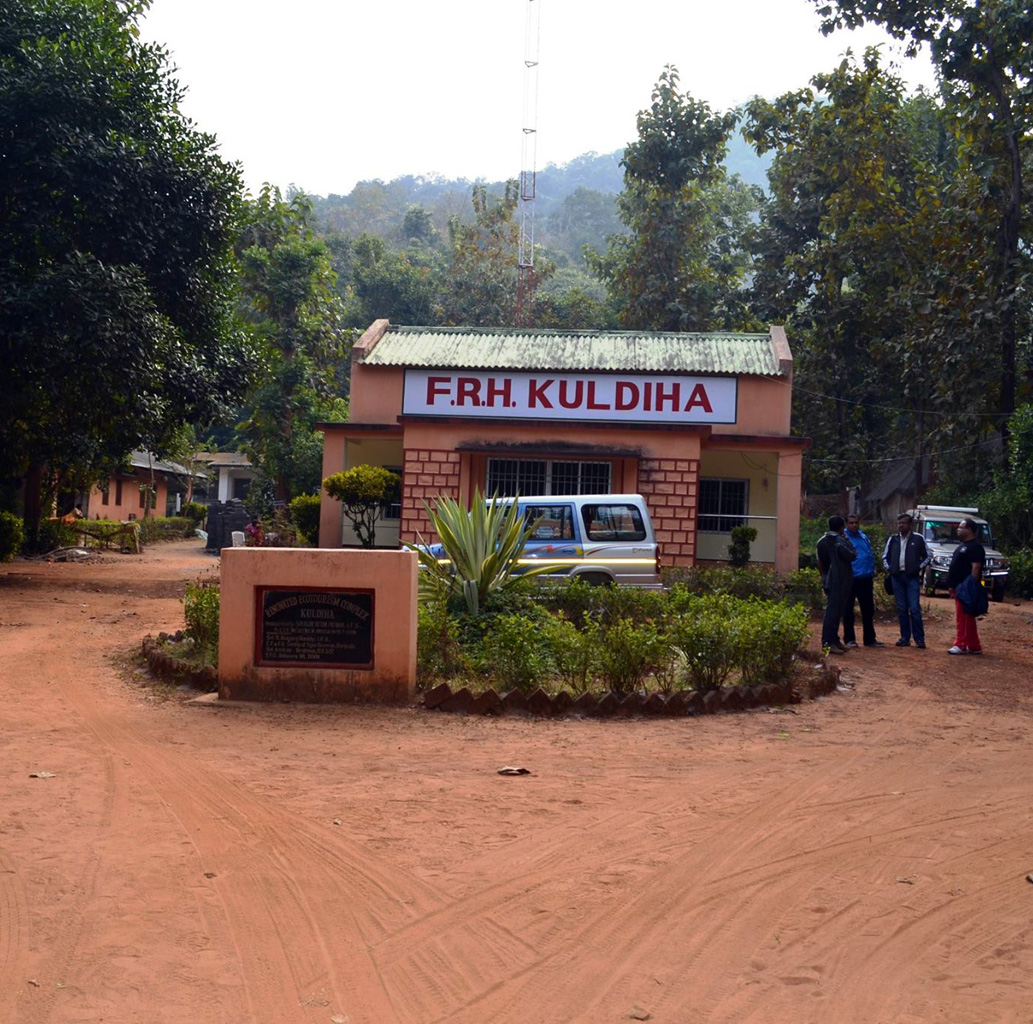
Photo: Nadeem Ahmed
Kuldiha Forest Rest House (FRH)
Kuldiha FRH is the other bungalow in the middle of the lush forests that provide brick and mortar rooms as well as beautiful camp huts. Surrounded on all sides with giant trees and dense shrubs, you can see the hanging orchids and blooming wild flowers adding to the heavy whiff of nature. Giant Squirrels, Monkeys and Bird throng in half hazard wilderness with dancing peacocks and jungle fowls watching you in apprehensive glances. You hear the Khar Khar sounds of the leopard, the trumpets and heavy footfalls of a herd of elephants or the light nimble footed deer fleeting in frenzied motion. As you tuck away into some really sumptuous food, you feel the comfort of home in the lap of nature, almost an oxymoron in today’s frenzied lives. Hire the local guided tours to nearby falls and dams, or just while your time away, you are guaranteed to comeback...for a encore.
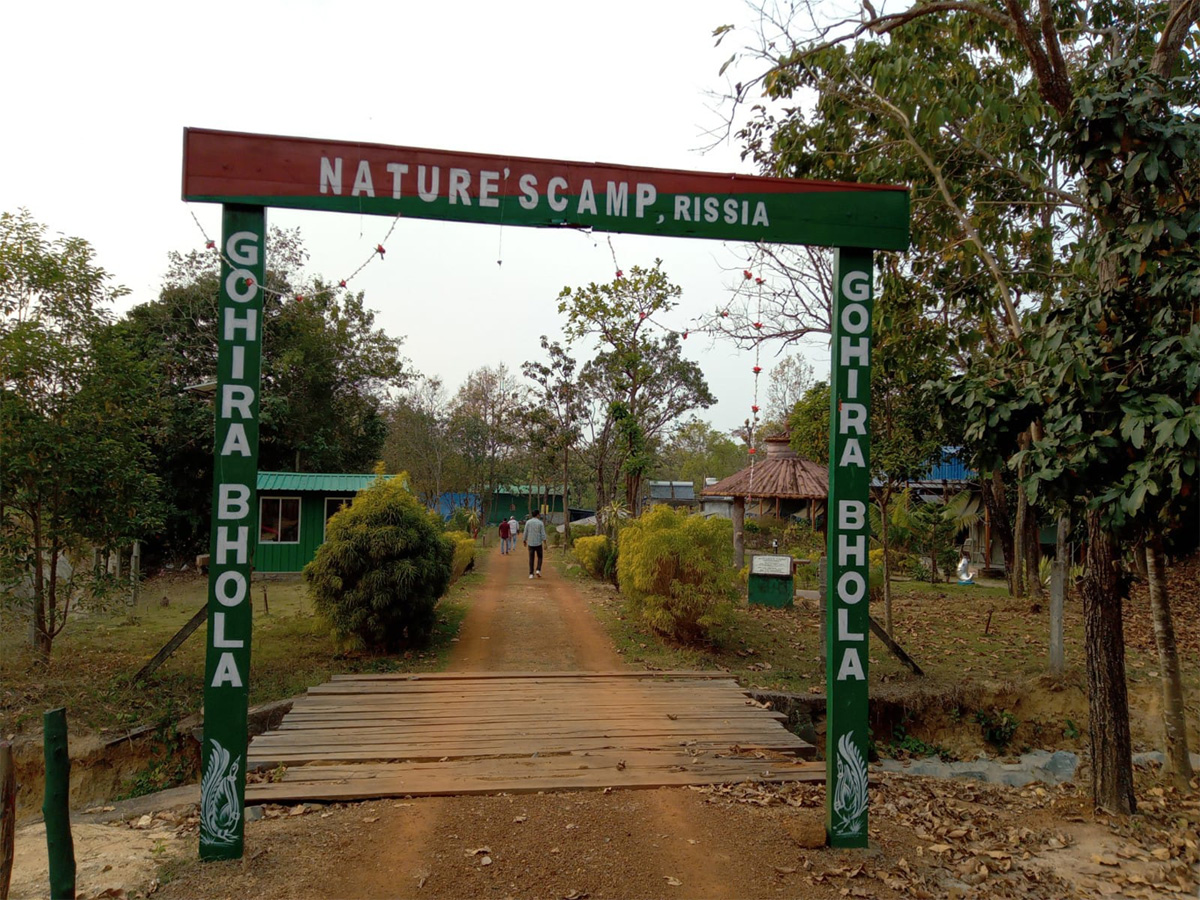
Nature Camp, Rissia
The tent accomodations near Rissia dam, Kuldiha are a great place to begin with and safe too.
All the accomodations are clean, spacious and equipped with dining and basic solar powered facilities and also have trenches/ electric fencing for safety. Please note network connections are available only in some watch towers and a few spots inside Kuldiha WLS.
Nightfall in Kuldiha is altogether a different experience. As the hues of the setting sun reflects in the placid waters of Rissia dam dotted with dark pink waterlilies, the daytime story is wrapped up and another is about to begin. It is now when the nocturnal beings are in their elements. The rustle in the dry leaves, scurried footfalls, low pitched howls, squeaks, hoots, screeches, distant roars and growls...all set the mood for the nocturnal showdown. Just like us bipedals, the elephants too have midnight cravings and guess what? They are often known to snack upon the jackfruit laden trees around the Kuldiha FRH premises. Half the thrill would be lost if you do not spend the night inside the forest. Food is awesome at these forest accomodations. After whole day photographing the avifauna, when you finally lie down post dinner, the urban ears accustomed to so much nerve wracking urban cacophony would finally surrender to the primitive notes of wilderness. But as the filmy ones say-- pikture abhi bhi baki hai.. This is the time to watch out for the wild animals roaming around the salt pit just over the other side of the trenches. Gaur, sambar, barking deer, spotted deer, elephant, wild boar etc are often spotted there. Then deep into midnight, the Red wattled lapwings, the ones you caught moving deftly over the dense growth of waterlily leaves in the Rishia dam, would cry out softly “Deed-you-do-wit? Deed-you-do-wit? Deed-you-do-wit?” Does’nt matter if have the perfect reply or not, the ambience would be like an imperfect lullaby to drag you into deep slumber. Wake up early in the morning for best photo opportunities.
4 Notepad

Paradise flycatcher, Photo: Manaranjan Das
What to Pack
– During the summer, carry loose cotton clothes, a hat/cap, sunglasses and sunscreen.
– In winter, carry layered warm clothing, a jacket and woollen cap. You should carry light warm clothes even in February, as it can be little chilly out on early morning and evening safaris.
– Don’t forget spare batteries for your camera and a power bank to charge your mobile because you are staying in FRH which are running by the solar system.
– Binoculars for birdwatching.
– A bird-watching field guide.
– Mosquito repellent.
– A torch for emergencies.
– Emergency medication and prescription medicines.
Good to Know
– Nilagiri is the nearest town with an ATM, pharmacies, and petrol pumps.
– All the major mobile phone networks provide moderate to good coverage outside the sanctuary. However, in sanctuary you won’t get any mobile coverage.
– There are several watchtowers at various locations inside the jungle to observe wildlife movements.
For Photographers
– A telephoto lens of at least 300mm focal length is ideal. However, 400mm is better, as there are plenty of birds in vivid colours in Kuldiha, but most of them are in the canopy. Also, you won’t be able to get very close to the wild animals. Because there aren’t that many tourists to this area, animals in the jungles of here are generally shy and don’t allow one to get close.
– Tripods are not very useful on safaris; a bean bag would be the best way to stabilise heavy tele-lenses in the jeep.

